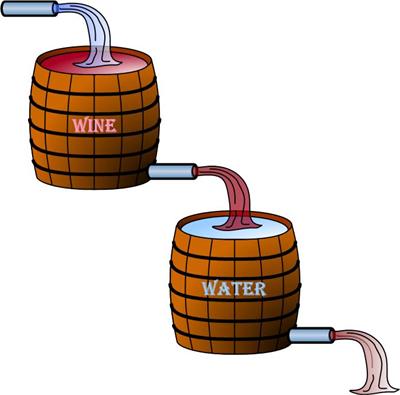 Here is a challenging problem from the 1874 The Analyst.
Here is a challenging problem from the 1874 The Analyst.
“A cask containing a gallons of wine stands on another containing a gallons of water; they are connected by a pipe through which, when open, the wine can escape into the lower cask at the rate of c gallons per minute, and through a pipe in the lower cask the mixture can escape at the same rate; also, water can be let in through a pipe on the top of the upper cask at a like rate. If all the pipes be opened at the same instant, how much wine will be in the lower cask at the end of t minutes, supposing the fluids to mingle perfectly?
— Communicated by Artemas Martin, Mathematical Editor of Schoolday Magazine, Erie, Pennsylvania.”
I found the problem in Benjamin Wardhaugh’s book where he describes The Analyst:
“Beginning in 1874 and continuing as Annals of Mathematics from 1884 onward, The Analyst appeared monthly, published in Des Moines, Iowa, and was intended as “a suitable medium of communication between a large class of investigators and students in science, comprising the various grades from the students in our high schools and colleges to the college professor.” It carried a range of mathematical articles, both pure and applied, and a regular series of mathematical problems of varying difficulty: on the whole they seem harder than those in The Ladies’ Diary and possibly easier than the Mathematical Challenges in the extract after the next. Those given here appeared in the very first issue.”
I tailored my solution after the “Diluted Wine Puzzle”, though this problem was more complicated. Moreover, the final solution must pass from discreet steps to continuous ones.
There is a bonus problem in a later issue:
“19. Referring to Question 4, (No. 1): At what time will the lower cask contain the greatest quantity of wine?
—Communicated by Prof. Geo. R. Perkins.”
Answer.
See the Wine Into Water Problem for solutions.
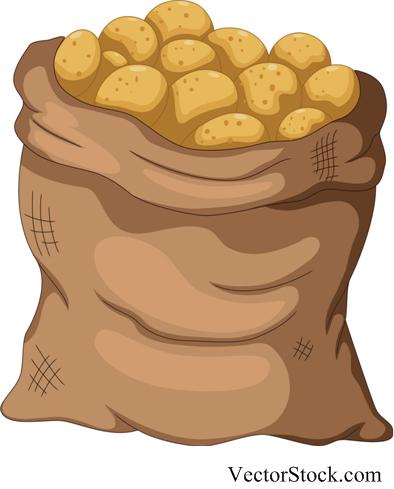 The following is another puzzle from the Irishman Owen O’Shea.
The following is another puzzle from the Irishman Owen O’Shea.
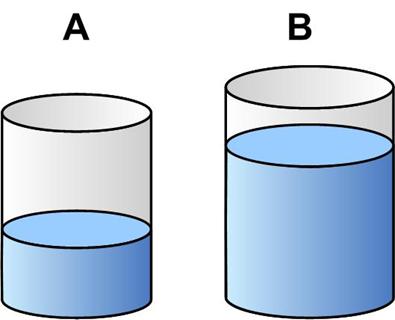 This is a slightly different type of a mixture problem from Dan Griller.
This is a slightly different type of a mixture problem from Dan Griller. This is the second part of the problem from Raymond Smullyan in the “Brain Bogglers” section of the 1996 Discover magazine.
This is the second part of the problem from Raymond Smullyan in the “Brain Bogglers” section of the 1996 Discover magazine.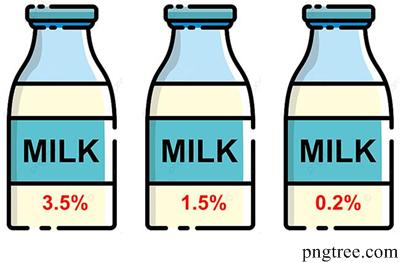 This is a classic example of a mixture problem from Dan Griller that recalls my agonies of beginning algebra.
This is a classic example of a mixture problem from Dan Griller that recalls my agonies of beginning algebra. Here is a challenging problem from the 1874 The Analyst.
Here is a challenging problem from the 1874 The Analyst. I was sifting back through some problems posed by Presh Talwalkar on his website
I was sifting back through some problems posed by Presh Talwalkar on his website 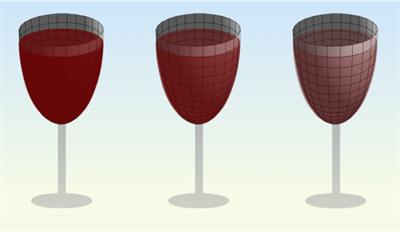 This was a rather intricate puzzle from Presh Talwalkar. I found his solution a bit hard to follow, so I tried for a clearer presentation.
This was a rather intricate puzzle from Presh Talwalkar. I found his solution a bit hard to follow, so I tried for a clearer presentation.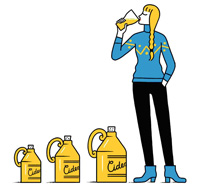 This is another problem from the defunct Wall Street Journal Varsity Math Week column.
This is another problem from the defunct Wall Street Journal Varsity Math Week column. Years ago (1967) I read about an interesting solution to the three jugs problem in a book by Nathan Court which involved the idea of a billiard ball traversing a skew billiard table with distributions of the water between the jugs listed along the edges of the table. The ball bounced between solutions until it ended on the desired value. I thought it was very clever, but I really did not understand why it worked. Later I figured out an explanation, which I present here. See the
Years ago (1967) I read about an interesting solution to the three jugs problem in a book by Nathan Court which involved the idea of a billiard ball traversing a skew billiard table with distributions of the water between the jugs listed along the edges of the table. The ball bounced between solutions until it ended on the desired value. I thought it was very clever, but I really did not understand why it worked. Later I figured out an explanation, which I present here. See the